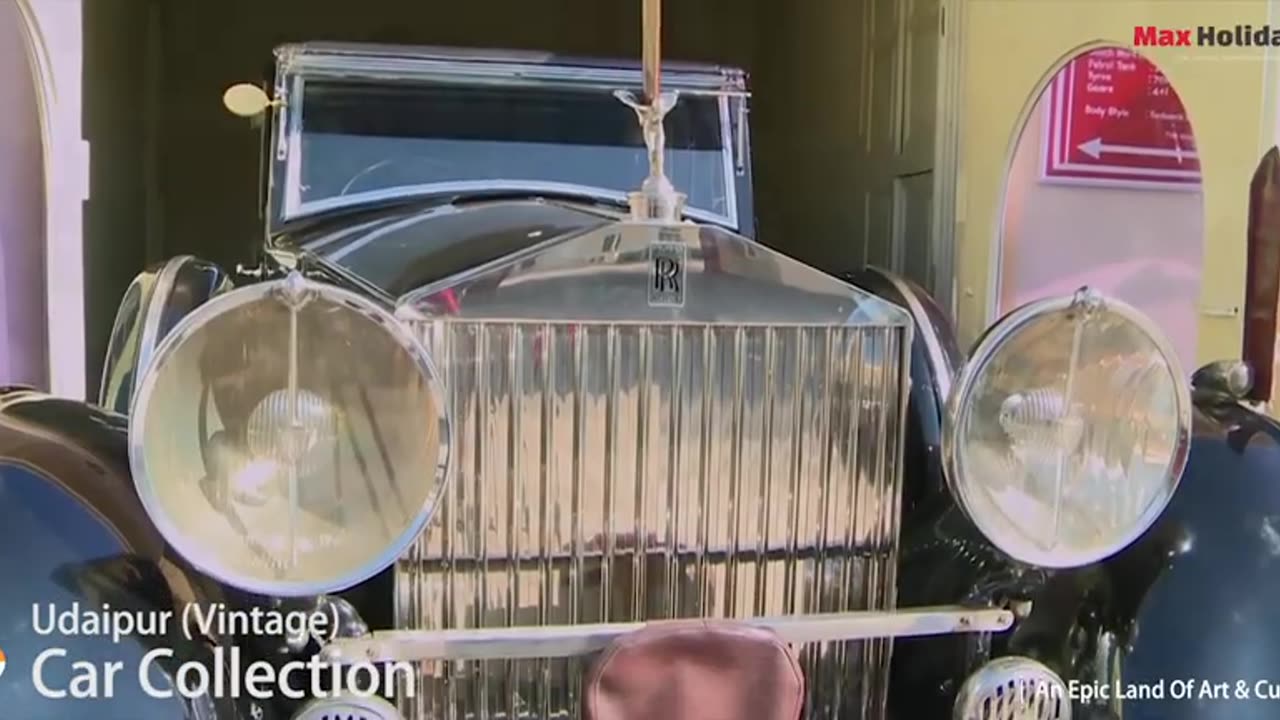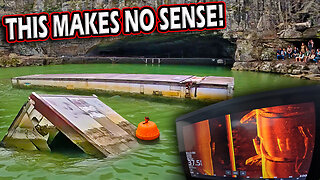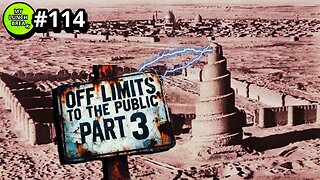Premium Only Content

An Epic Land of Art and Culture : RAJASTHAN ( INDIA )
An Epic Land of Art and Culture : RAJASTHAN ( INDIA )
Rajasthan (Hindi: [rɑːdʒəsˈtʰɑːn] (listen); lit. 'Land of Kings')[9] is a state in northern India.[10][11][12] It covers 342,239 square kilometres (132,139 sq mi) or 10.4 per cent of India's total geographical area. It is the largest Indian state by area and the seventh largest by population. It is on India's northwestern side, where it comprises most of the wide and inhospitable Thar Desert (also known as the Great Indian Desert) and shares a border with the Pakistani provinces of Punjab to the northwest and Sindh to the west, along the Sutlej-Indus River valley. It is bordered by five other Indian states: Punjab to the north; Haryana and Uttar Pradesh to the northeast; Madhya Pradesh to the southeast; and Gujarat to the southwest. Its geographical location is 23.3 to 30.12 North latitude and 69.30 to 78.17 East longitude, with the Tropic of Cancer passing through its southernmost tip.
Its major features include the ruins of the Indus Valley civilisation at Kalibangan and Balathal, the Dilwara Temples, a Jain pilgrimage site at Rajasthan's only hill station, Mount Abu, in the ancient Aravalli mountain range and eastern Rajasthan, the Keoladeo National Park of Bharatpur, a World Heritage Site known for its bird life. Rajasthan is also home to three national tiger reserves, the Ranthambore National Park in Sawai Madhopur, Sariska Tiger Reserve in Alwar and the Mukundra Hills Tiger Reserve in Kota.
The state was formed on 30 March 1949 when Rajputana – the name adopted by the British Raj for its dependencies in the region – was merged into the Dominion of India. Its capital and largest city is Jaipur. Other important cities are Jodhpur, Kota, Bikaner, Ajmer, Bharatpur and Udaipur. The economy of Rajasthan is the seventh-largest state economy in India with ₹10.20 lakh crore (US$130 billion) in gross domestic product and a per capita GDP of ₹118,000 (US$1,500). Rajasthan ranks 29th among Indian states in human development index.
Etymology
Rajasthan literally means "The Land of Kings" and is a portmanteau of Sanskrit "Rājā" (King) and Sanskrit "Sthāna"(Land) or Persian "St(h)ān" with the same meaning. The oldest reference to Rajasthan is found in a stone inscription dated back to 625 CE. The first printed mention of the name Rajasthan appears in the 1829 publication Annals and Antiquities of Rajasthan or the Central and Western Rajpoot States of India, while the earliest known record of Rajputana as a name for the region is in George Thomas's 1800 memoir Military Memories. John Keay, in his book India: A History, stated that Rajputana was coined by the British in 1829, John Briggs, translating Ferishta's history of early Islamic India, used the phrase "Rajpoot (Rajput) princes" rather than "Indian princes".
History
Main articles: History of Rajasthan and List of battles of Rajasthan
Ancient
Parts of what is now Rajasthan were partly part of the Vedic Civilisation and the Indus Valley civilization. Kalibangan, in Hanumangarh district, was a major provincial capital of the Indus Valley Civilization. Another archaeological excavation at the Balathal site in Udaipur district shows a settlement contemporary with the Harrapan civilisation dating back to 3000–1500 BCE.
Stone Age tools dating from 5,000 to 200,000 years were found in Bundi and Bhilwara districts of the state.
The Matsya kingdom of the Vedic civilisation of India is said to roughly corresponded to the former state of Jaipur in Rajasthan and included the whole of Alwar with portions of Bharatpur. The capital of Matsya was at Viratanagar (modern Bairat), which is said to have been named after its founder King Virata.[need quotation to verify]
Bhargava identifies the two districts of Jhunjhunu and Sikar and parts of Jaipur district along with Haryana districts of Mahendragarh and Rewari as part of Vedic state of Brahmavarta. Bhargava also locates the present day Sahibi River as the Vedic Drishadwati River, which along with Saraswati River formed the borders of the Vedic state of Brahmavarta. Manu and Bhrigu narrated the Manusmriti to a congregation of seers in this area. The ashrams of Vedic seers Bhrigu and his son Chayvan Rishi, for whom Chyawanprash was formulated, were near Dhosi Hill, part of which lies in Dhosi village of Jhunjhunu district of Rajasthan and part of which lies in Mahendragarh district of Haryana.
The Western Kshatrapas (405–35 BCE), the Saka rulers of the western part of India, were successors to the Indo-Scythians and were contemporaneous with the Kushans, who ruled the northern part of the Indian subcontinent. The Indo-Scythians invaded the area of Ujjain and established the Saka era (with their calendar), marking the beginning of the long-lived Saka Western Satraps state.[
-
 34:27
34:27
The Connect: With Johnny Mitchell
16 hours ago $11.17 earnedCan He Stop Them? Inside Trumps War On Mexican Drug Cartels & The New Era Of Mexican Organized Crime
28.3K13 -
 2:33:15
2:33:15
Tundra Tactical
8 hours ago $9.36 earnedLuis Valdes Of GOA Joins The Worlds Okayest Firearms Live Stream!!!
30.7K -
 1:03:41
1:03:41
Man in America
17 hours agoAre Trump & Musk the COUNTER-ELITES? w/ Derrick Broze
76.5K44 -
 3:45:08
3:45:08
DLDAfterDark
8 hours ago $9.75 earnedDLD Live! SHTF Handguns! Which Would You Choose?
41.9K2 -
 1:50:38
1:50:38
Mally_Mouse
11 hours agoSaturday Shenanigans!! - Let's Play: Mario Party Jamboree
52.2K -
 1:13:00
1:13:00
Patriots With Grit
15 hours agoWill Americans Rise Up? | Jeff Calhoun
43.1K13 -
 14:55
14:55
Exploring With Nug
15 hours ago $11.27 earnedWe Found Semi Truck Containers While Searching for Missing Man!
59.4K9 -
 27:57
27:57
MYLUNCHBREAK CHANNEL PAGE
23 hours agoOff Limits to the Public - Pt 3
133K66 -
 38:07
38:07
Michael Franzese
15 hours agoLeaving Organized Crime and Uncovering Mob in Politics: Tudor Dixon and Michael Franzese
106K15 -
 2:42:54
2:42:54
Jewels Jones Live ®
2 days agoAMERICA IS BACK | A Political Rendezvous - Ep. 111
83.6K50